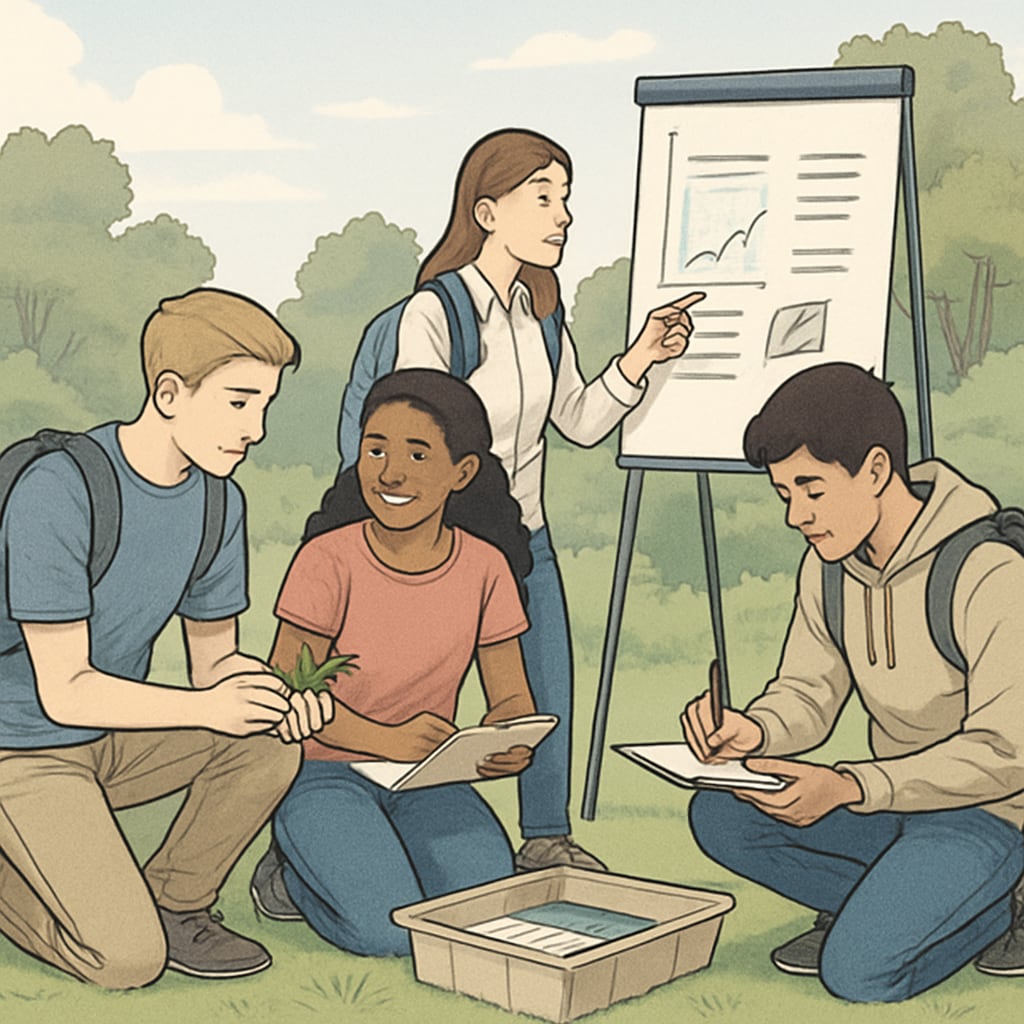In today’s fast-paced and competitive academic environment, high school students often seek education courses, extracurricular learning, and resources to stand out. Traditional classroom settings, while important, may not fully cater to students’ diverse interests or future goals. For those preparing to enter their final academic year, exploring quality extracurricular education resources can provide a significant edge. This article offers actionable strategies to help students find both free and paid group learning opportunities that complement their education and foster personal growth.
Why Extracurricular Learning Matters
While school curriculums are designed to build foundational knowledge, extracurricular learning allows students to explore passions, develop critical thinking, and gain practical experience. These activities can take many forms, including workshops, online courses, internships, and community programs. By stepping beyond the classroom, students can gain a competitive edge for college applications and future career paths.
For example, universities often prioritize applicants who demonstrate initiative and commitment through participation in diverse programs. Extracurricular education resources help students hone skills like leadership, communication, and problem-solving—qualities highly valued in higher education and professional environments. As a result, students who actively seek these opportunities often distinguish themselves from their peers.
How to Identify the Right Education Resources
Finding the right extracurricular education resources can feel overwhelming at first, but a systematic approach can simplify the process. Here are some practical steps:
- Assess Your Interests: Begin by identifying subjects or fields you’re passionate about. Whether it’s science, art, technology, or social causes, knowing your interests will help narrow your search.
- Set Goals: Determine what you hope to achieve—whether it’s developing a new skill, preparing for college, or exploring potential careers.
- Research Thoroughly: Use search engines, local community boards, and educational platforms to uncover programs that match your goals. Websites like Coursera and edX offer free and paid courses across a variety of subjects.
Additionally, consider consulting school counselors, teachers, or peers who may have insights into valuable programs. Social media platforms like LinkedIn and Facebook often host groups dedicated to student learning opportunities.

Free and Paid Learning Opportunities
Both free and paid options for extracurricular learning have their benefits. Understanding which type suits your needs can help maximize your experience:
Free Opportunities
- Public Libraries: Libraries often host free workshops, book clubs, and lectures on a range of topics.
- Nonprofits and Community Centers: Many organizations offer volunteer programs, skill-building sessions, and mentorship opportunities at no cost.
- Online Platforms: Websites like Khan Academy provide free courses on subjects including math, science, and humanities.
Paid Opportunities
- Specialized Workshops: Programs focused on coding, robotics, art, or other specialized fields often charge fees but offer in-depth expertise.
- Summer Camps: Academic-focused camps provide immersive experiences that combine learning with socialization.
- Certifications: Some paid courses offer certifications that can enhance resumes and college applications.
Balancing free and paid options ensures students can access a broad range of resources while considering financial constraints.

Maximizing the Impact of Extracurricular Learning
Once you’ve identified and joined a program, it’s essential to make the most of the experience. Here are a few tips:
- Stay Committed: Regular participation demonstrates dedication and ensures you gain the full benefits of the program.
- Network: Build relationships with peers, mentors, and instructors. These connections can provide future opportunities and support.
- Document Achievements: Keep a record of your projects, certifications, and experiences. This documentation will be valuable for applications and resumes.
Remember, the goal is not just to accumulate credentials but to grow as an individual. Focus on the quality of your involvement rather than the quantity of activities.
Final Thoughts
Exploring extracurricular education resources is a proactive way for high school students to expand their horizons, develop essential skills, and achieve their academic and personal goals. By identifying interests, setting goals, and leveraging free and paid opportunities, students can enhance their learning journey beyond the classroom. With the right approach, these experiences can build a foundation for lifelong success.
Start today: Take the first step by researching programs in your area or online. Remember, the effort you invest now will shape your future opportunities.


